Among the most popular stories in cryptology are those about a hidden treasure, the location of which is described in an encrypted text. Here are three stories of this kind.
In 1885, a small publishing house located in Lynchburg, Virginia, published a book titled The Beale Papers, which had the appearance of a trashy novel. The plot was about a number of buffalo hunters, who found gold in a canyon in New Mexico. One of the hunters left behind three encrypted notes that contained a description of the place where the gold was hidden (allegedly near a place named Buford’s in Virginia).
The publisher of the book, a certain James Ward, claimed that this story was true.
The Beale story is not the only one that reports about a hidden treasure and a cryptogram that explains where it is located. Five other stories of this kind are known to me. Today, I’m going to report on three of them.
The Beale Treasure
If one believes the story told in The Beale Papers, the three cryptograms described in this book contain information about the hiding place of tons of gold – provided they can be deciphered. So far, only one of three notes has been broken. The cleartext provided some additional information about the Buffalo hunters, but not the location of the treasure. Instead, this information is described in one of the two messages that are still unsolved.
The details of the Beale cryptograms have been described so many times before that I don’t want to write down this story again. Instead, I quote Wikipedia:
[The] treasure [was] buried by a man named Thomas J. Beale in a secret location in Bedford County, Virginia, in the 1820s. Beale entrusted a box containing the encrypted messages to a local innkeeper named Robert Morriss and then disappeared, never to be seen again. According to the story, the innkeeper opened the box 23 years later, and then decades after that gave the three encrypted ciphertexts to a friend before he died. The friend then spent the next twenty years of his life trying to decode the messages, and was able to solve only one of them which gave details of the treasure buried and the general location of the treasure. The unnamed friend then published all three ciphertexts in a pamphlet which was advertised for sale in the 1880s. Since the publication of the pamphlet, a number of attempts have been made to decode the two remaining ciphertexts and to locate the treasure, but all efforts have resulted in failure.
The following picture was taken at a Restaurant named Beale’s in Bedford:
The Beale story is by no doubt a great one, but it has a serious flaw: It can’t be true. The whole story is full of implausibilities. Here are a few (the list is far from complete):
- The Ward book (i.e., a kind of trashy novel) is the only source for this story.
- The place where the buffalo hunters found the gold has never been located.
- The originals of the Beale cryptograms are lost.
- It is unclear why Beale would have bothered writing three different ciphertexts for what is essentially a single message.
- Joe Nickell, a renowned forgery expert and (like me) a member of the skeptics movement, has analyzed the language of the Ward booklet and of Beale’s letters using stylometry. The result suggests that they may have been written by the same person.
- According to the Ward book, Robert Morriss was running the Washington Hotel in 1820. However, contemporary records show he did not start in that position until at least 1823.
- The cipher method used to encrypt the second note (the one that was deciphered) was a pretty strong one for the time. Almost all encryption algorithms used four decades later in the Civil War were considerably weaker. It is certainly amazing that a buffalo hunter knew this elaborate system. However, if we assume that the whole story is a fake and that this cryptogram was created in the 1880s, the situation becomes completely different. In the meantime, authors like Edgar Allan Poe had made cryptography popular in the USA. In the Civil War, in which encryption played an important role, many soldiers became familiar with ciphers. After the presidential election of 1876, US newspapers reported on their title pages about hundreds of encrypted telegrams sent by the candidate’s supporters in order to manipulate the outcome of the election. All this means that in the 1880s many Americans were well enough informed about cryptology to know and use such an encryption method.
Is the story true? No, it’s a hoax.
Does the treasure exist? No.
Can the cryptogram be broken? One of three cryptograms is already broken. There’s evidence that the other two don’t have any sense at all.
The treasure of pirate La Buse
Olivier Levasseur (~1689-1730), nicknamed La Buse (“The Buzzard”), was a pirate in the Indian Ocean. After a successful career, he was arrested in 1730 and subsequently hanged.
Legend tells that when Levasseur stood at the gallows, he threw an encrypted sheet into the crowd while exclaiming: “Find my treasure, the one who may understand it!” Allegedly, the sheet looked like this:
This text is encrypted in a Pigpen cipher. According to a French web page, this is the key:
And here’s the cleartext:
The cleartext is pretty confusing. As far as I know, nobody has ever managed to make sense of it, let alone has found the desciption of a treasure vault in it.
Is the story true? La Buse did exist, and he was very successful as a pirate. It is certainly possible that he hid a treasure (i.e., a part of his loot) somewhere. However, it is not known whether he really left behind the cryptogram shown above.
Does the treasure exist? Maybe.
Can the cryptogram be broken? It is already broken, but the cleartext is hard to understand (if it has any meaning at all).
The treasure of Rennes-le-Château
Rennes-le-Château, a village in France, became extremely popular because of Dan Brown’s novel The Da Vinci Code and a treasure that was allegedly found there.
The story of the alleged treasure began in the late 19th century, when local priest Bérenger Saunière (1852-1917) read masses for money. This would be nothing special, but Saunière was very enterprising, offering and advertising his service nationwide with considerable success. He soon became a wealthy man. When the bishop finally intervened, Saunière explained that his money came from a treasure he had found.
In 1955, businessman Noël Corbu opened a hotel on Saunière‘s former property. To get the attention of the local press, Corbu invented a story. He told journalists that Saunière had found his treasure with the help of two parchments that were discovered in a hollow pillar during the renovation of his church.
Corbu’s story was later extended by his country man Pierre Plantard (1920-2000). According to Plantard, one of the two parchments contained the following encrypted message (note that it contains the words AD GENESARETH):
VCPSJQROVYMYYDLTPEFRBOXTODJLBKNJFQUEPAJYNPPBFEIELRGHIIRYBTTCVTGDADGENESARETHLUCCVMTEJHPNPGSVQJHGMLFTSVJLZQMTOXANPEMUPHKORPKHVJCMCATLVQXGGNDT
In fact, this cryptogram can be decrypted with a quite complicated method (the details are told in my book Nicht zu knacken). Here’s the cleartext: BERGERE PAS DE TENTATION QUE POUSSIN TENIERS GARDENT LA CLEF PAX DCLXXXI PAR LA CROIX ET CE CHEVAL DE DIEU J’ACHEVE CE DAEMON DE GARDIEN A MIDI POMMES BLEUES.
The text translates as follows: “Shepherdess no temptation that Poussin, Teniers possess the key, peace 681, at the cross and this horse of god I destroy this demon of guardians at noon, blue apples.”
What does this message tell us? Poussin and Teniers are two painters, both of whom have painted a certain motif that allegedly shows a rock located near Rennes-le-Château. Saunière allegedly had the ciphertext broken by a crypto expert he knew. He recognised that this message referred to this particular rock. He went there and found the treasure.
Although the Saunière‘s story is an obvious hoax, there are still people searching for the treasure. I’m sure, they will never find it.
Is the story true? No, it’s a hoax.
Does the treasure exist? No.
Can the cryptogram be broken: It is already broken, but the cleartext doesn’t tell anything.
Follow @KlausSchmeh
Further reading: Alster bottle post mystery: Fourth bottle post has been found
Linkedin: https://www.linkedin.com/groups/13501820
Facebook: https://www.facebook.com/groups/763282653806483/

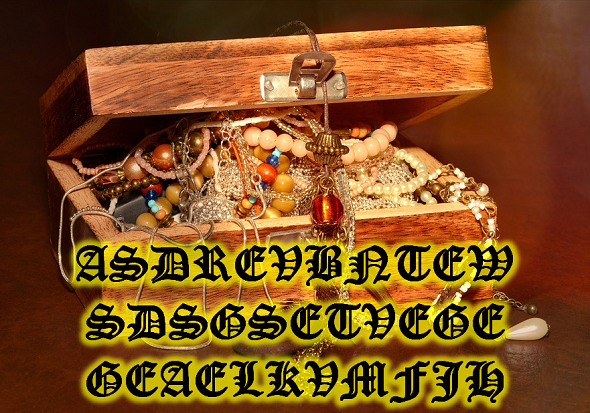
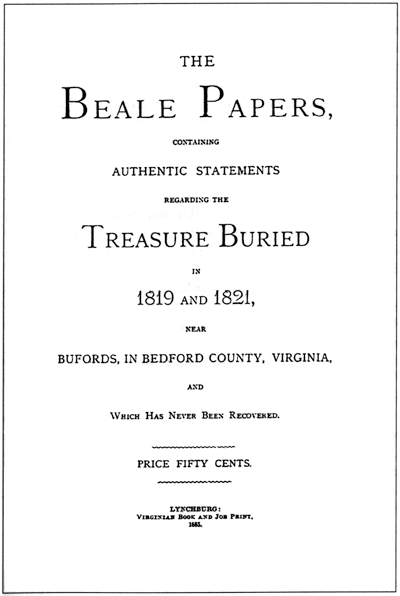
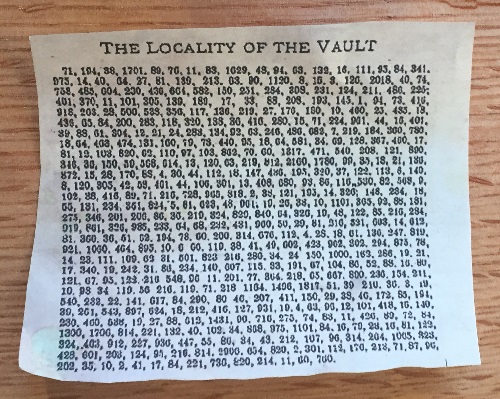
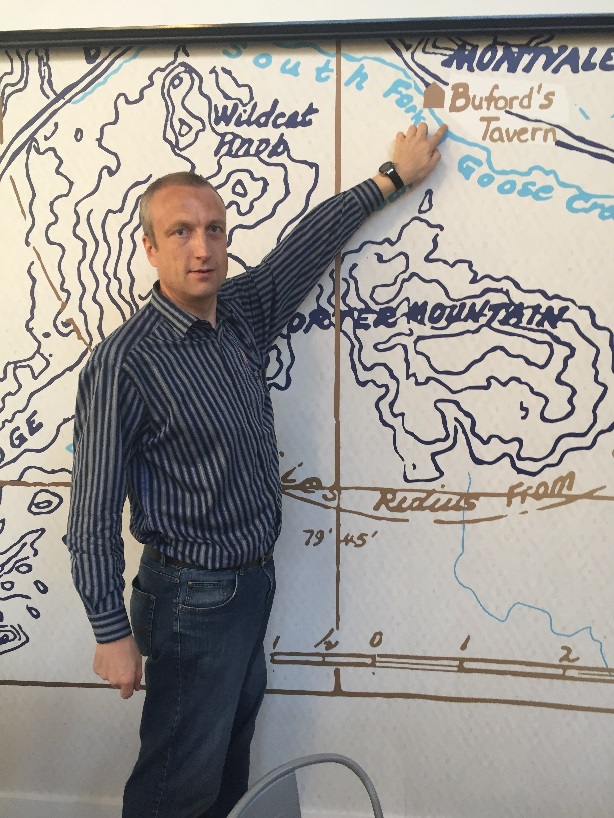
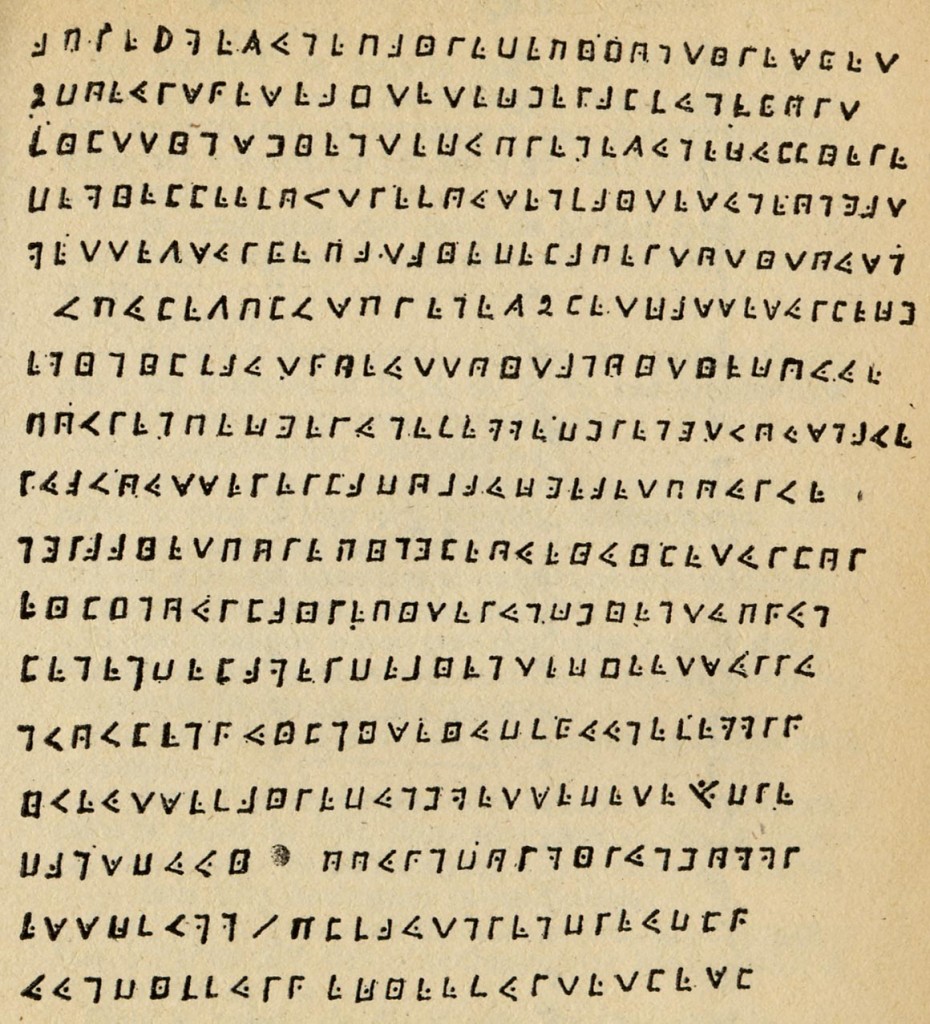
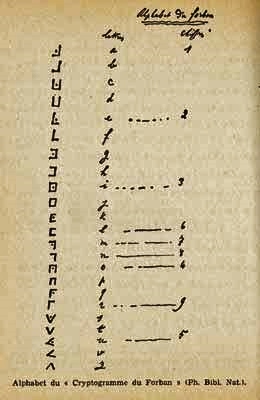


Kommentare (3)